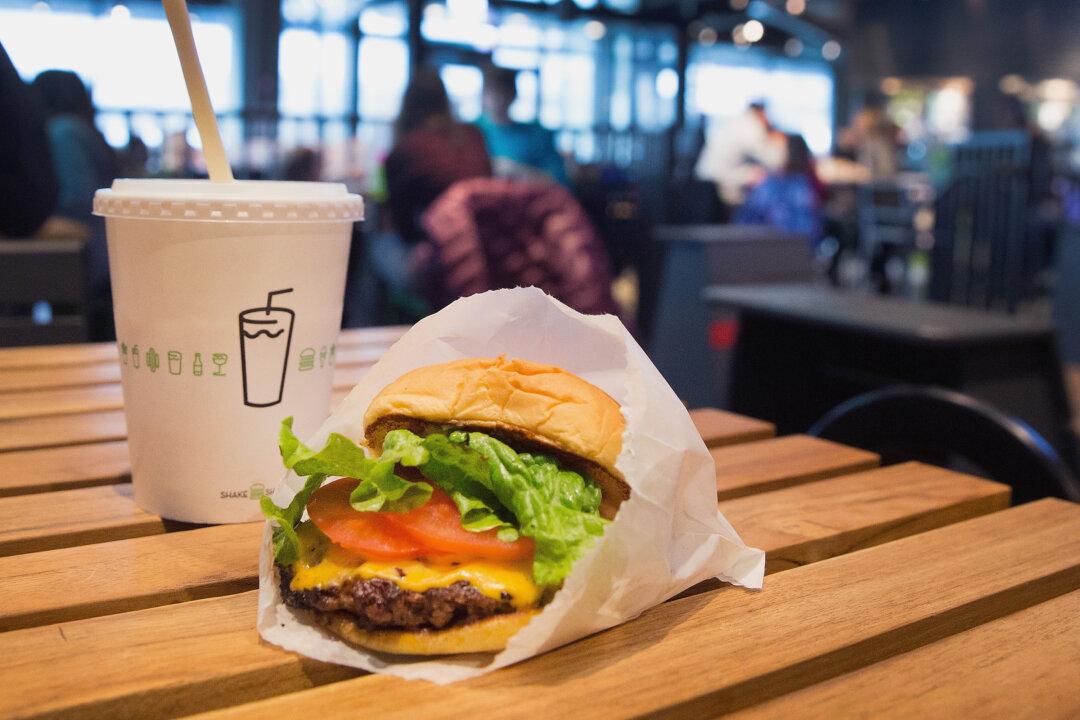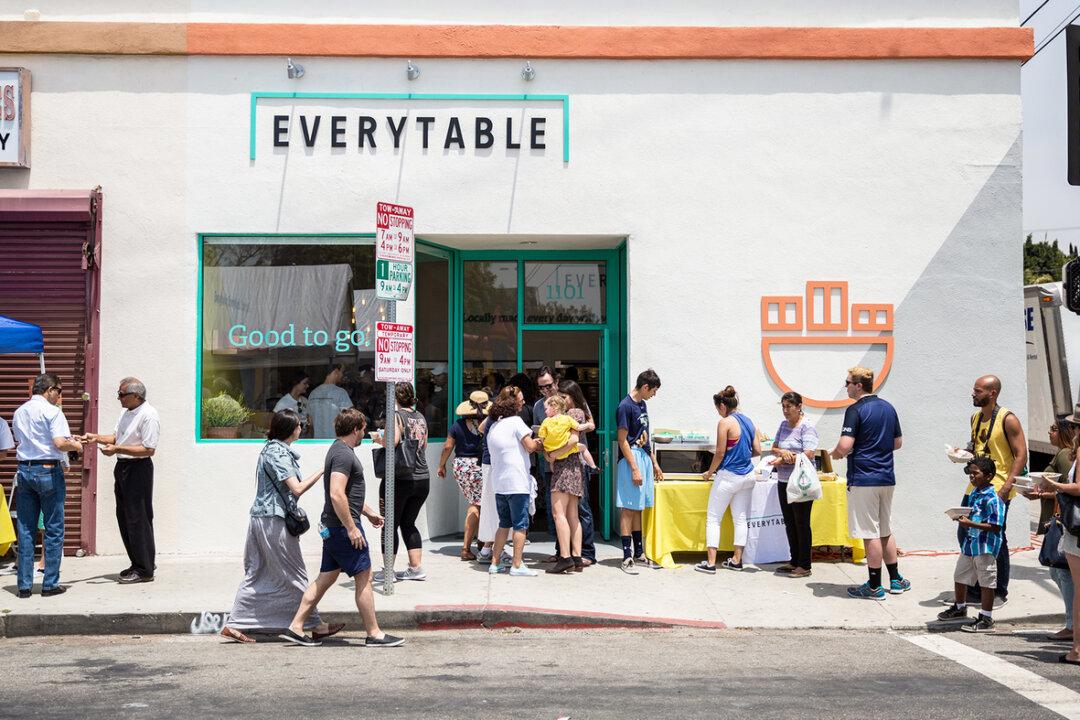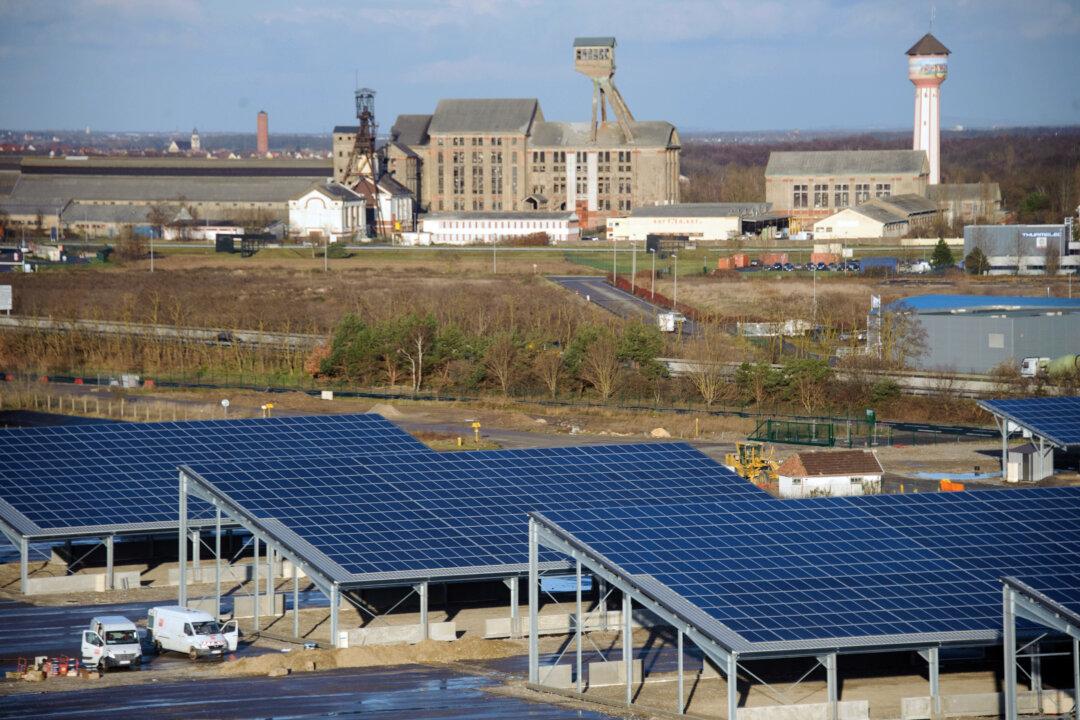Annual sales at fast-casual restaurants are growing at three times the average industry rate. Why? What is the magic formula that has people flocking to Chipotle Mexican Grill, Shake Shack, and Five Guys Burgers and Fries?
Fast-casual as a segment is notoriously difficult to define—but most concepts do not offer table service, do not offer large menus, do not offer comfortable seating, and do not encourage tipping. You can see how they are different from, say, Chili’s Grill & Bar or The Cheesecake Factory, which are part of the casual dining category, specializing in all of the attributes just listed.
Fast-casual restaurants are different in that they are designed, above all, to offer high-quality food along with fast, mostly counter service. They also offer a clean, modern environment, plenty of social media engagement—and frequently a mobile app for online ordering.
Fast-casual fits in the middle between quick-service fast-food places, like McDonald’s, and affordable full-service restaurants.







